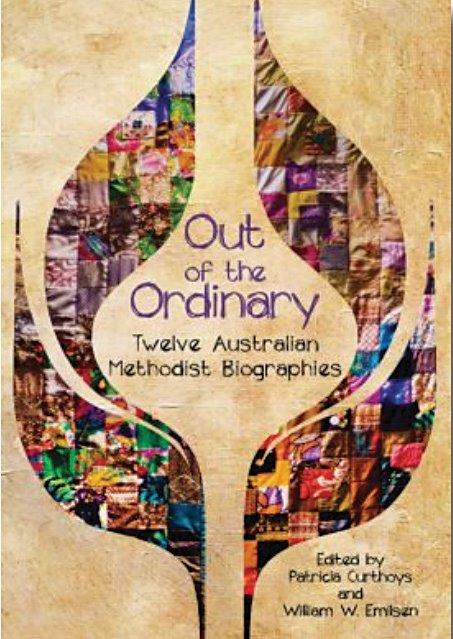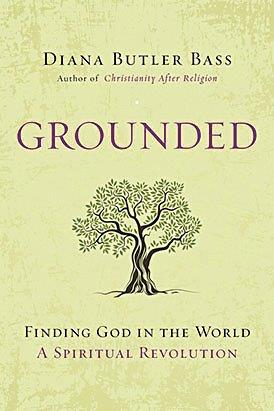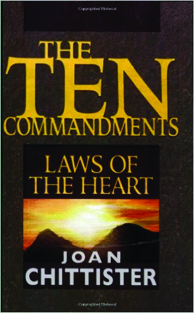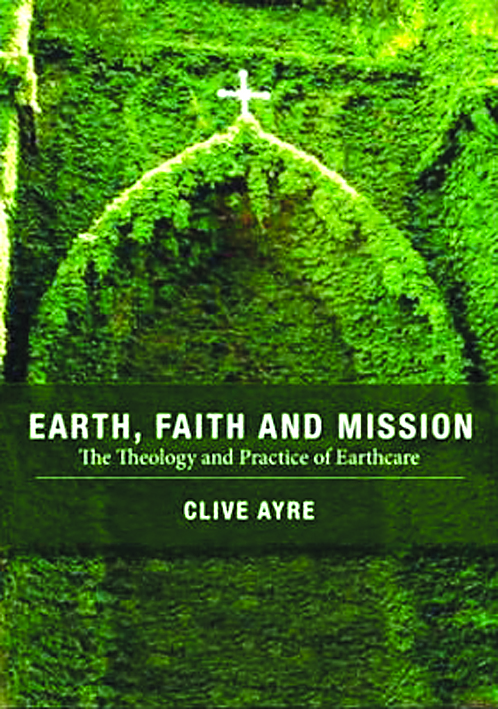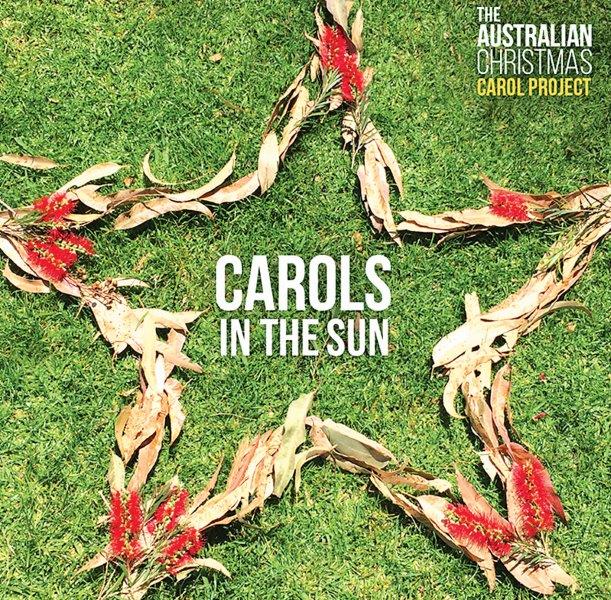 The making of art is a part of all human activity.
The making of art is a part of all human activity.
This means that human activity is endowed with imaginative transformation from the basic facts of a situation to an understandable relation. This is how we construct a world that we can understand and live in. When we write history we take what is found in memory and artfully construct a narrative that makes sense of the past. We can see the writing of the gospels in just this way. Each gospel writer receives stories and sayings and eyewitness accounts and weaves them into a continuous narrative of the life and death of Jesus. The gospels are different because each writer receives different material and uses his own imagination to write his gospel.
The above is true of the written arts, but what about the fine arts of sculpture and drawing and painting?
The same process is involved. The artist receives, for example, the accounts of the resurrection appearances of Jesus (this is not an arbitrary choice; it just so happens that this is the them of this year’s Mandorla Art Award). The artist reads the accounts and goes through a process of imaginative construction. If this leads to a simple illustration of a particular resurrection appearance then the artist has failed. The role of the artistic imagination is to give more than a simple illustration; the artist is after the transcendent.
